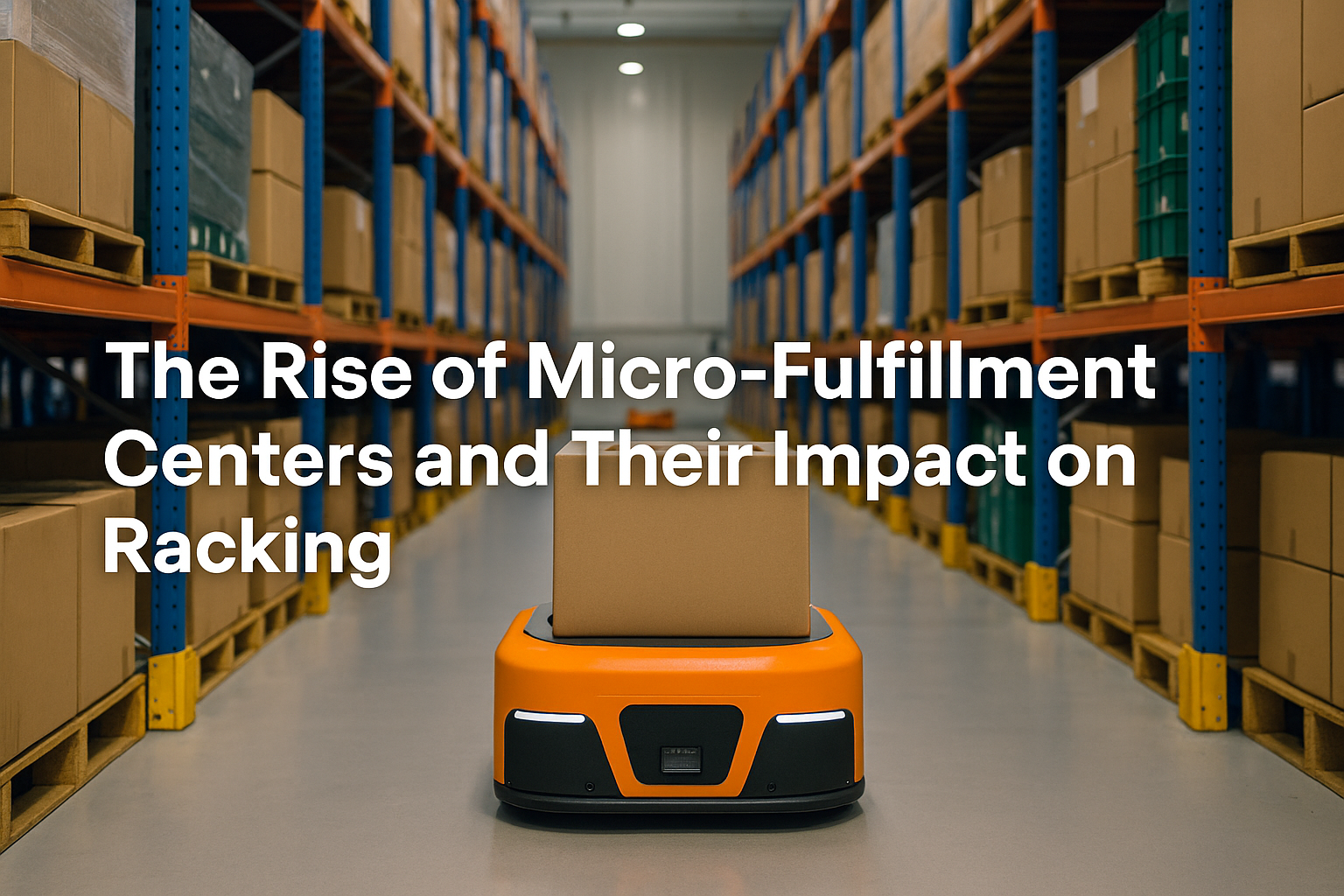
As Dubai continues to position itself as a global logistics hub, micro-fulfillment centers (MFCs) are reshaping the warehousing landscape. Designed to meet the growing demands of e-commerce, these compact, high-efficiency facilities rely on intelligent racking systems to maximize storage, enhance speed, and reduce operational costs. For businesses seeking faster deliveries and better inventory control, understanding the impact of MFCs on racking solutions is essential.
What Are Micro-Fulfillment Centers?
Micro-fulfillment centers are small-scale, urban warehouses strategically located near end consumers. Unlike traditional large warehouses, MFCs are optimized for high-density storage, rapid order picking, and last-mile delivery. They serve as crucial links in the e-commerce supply chain, helping companies meet customer expectations for same-day or next-day delivery.
Why MFCs Are Gaining Traction in Dubai
- E-commerce Boom: With Dubai’s e-commerce market expanding at double-digit rates, businesses are under pressure to fulfill orders faster.
- Urban Space Constraints: High real estate costs demand compact yet efficient storage solutions.
- Consumer Expectations: Quick delivery times are becoming a competitive differentiator.
- Regulatory Push for Efficiency: Dubai’s logistics strategy emphasizes tech-driven, sustainable operations.
Impact on Racking Systems
The rise of MFCs has led to a shift in the design, functionality, and deployment of racking solutions:
- High-Density Racking: Maximizing vertical space is key; narrow-aisle and multi-tier racking systems dominate.
- Automation-Friendly Designs: Racking integrates seamlessly with robots, conveyors, and automated storage and retrieval systems (AS/RS).
- Flexibility & Scalability: Adjustable and modular racking systems enable businesses to expand or reconfigure layouts easily.
- Enhanced Safety & Durability: Systems are engineered to withstand high-frequency picking and compact storage conditions.
- Data-Driven Management: IoT-enabled racking allows real-time inventory tracking and predictive maintenance.
Benefits for Dubai Businesses
- Faster Order Fulfillment: Optimized racking supports quick picking and packing.
- Space Optimization: MFCs reduce the footprint needed to store the same volume of goods.
- Cost Savings: Lower real estate and labor costs contribute to a leaner supply chain.
- Improved Customer Satisfaction: Faster deliveries translate to better user experiences.
- Sustainability Gains: Efficient storage reduces energy consumption and waste.
Key Considerations When Designing Racking for MFCs
- Automation Integration: Ensure compatibility with robotics and picking systems.
- Load-Bearing Capacity: Select racking that supports high-frequency operations without compromising safety.
- Flexibility for Product Mix: Modular systems can adapt to changing SKU profiles.
- Compliance with Local Regulations: Meet Dubai’s safety and operational standards.
- Maintenance Planning: Frequent checks and upgrades to keep systems running optimally.
Facts
Micro-fulfillment centers represent the future of urban logistics in Dubai. Businesses that invest in smart, automated racking systems will enjoy greater efficiency, lower operational costs, and enhanced customer satisfaction. As MFCs continue to rise, innovative racking solutions will remain at the heart of this transformation.
They enable faster order processing and last-mile delivery in urban areas.
Racking must be compact, automation-ready, and capable of handling high turnover.
They work best for retailers, e-commerce companies, and grocers with high order volumes.
Balancing space efficiency, automation compatibility, and safety compliance.
No, they complement larger distribution centers by handling fast-moving, high-demand inventory.